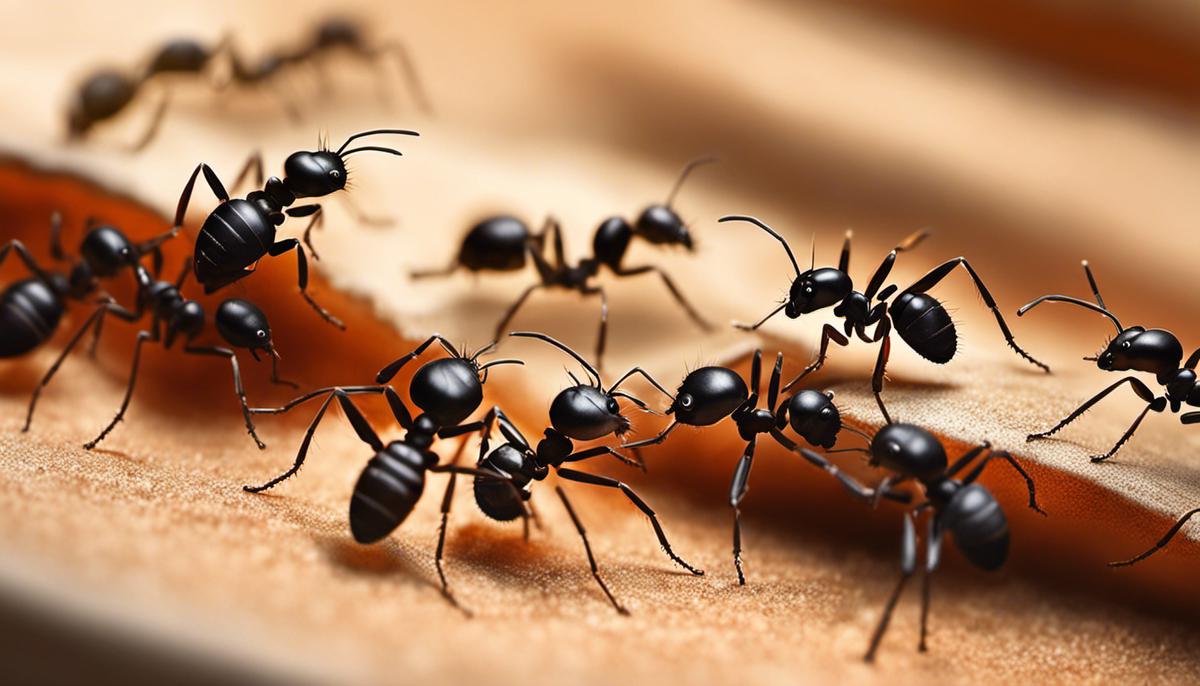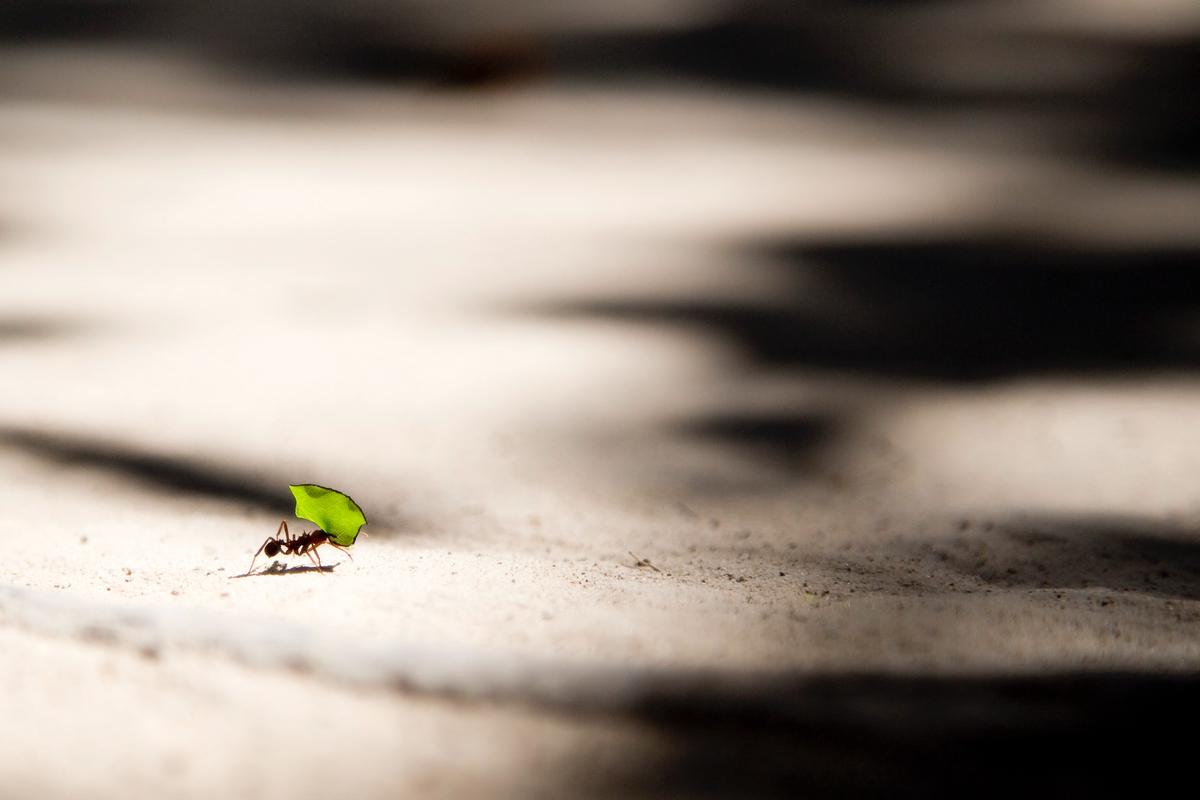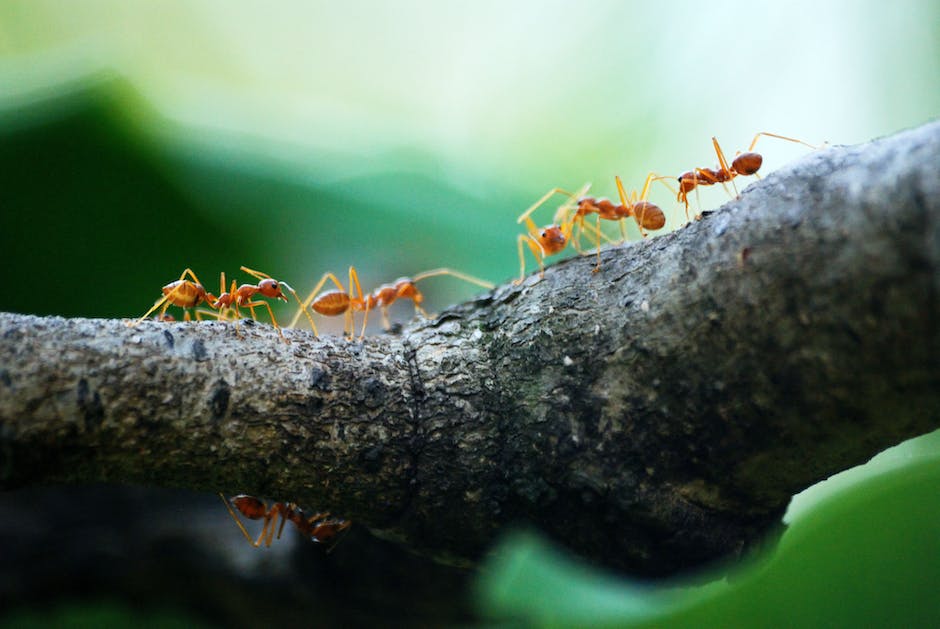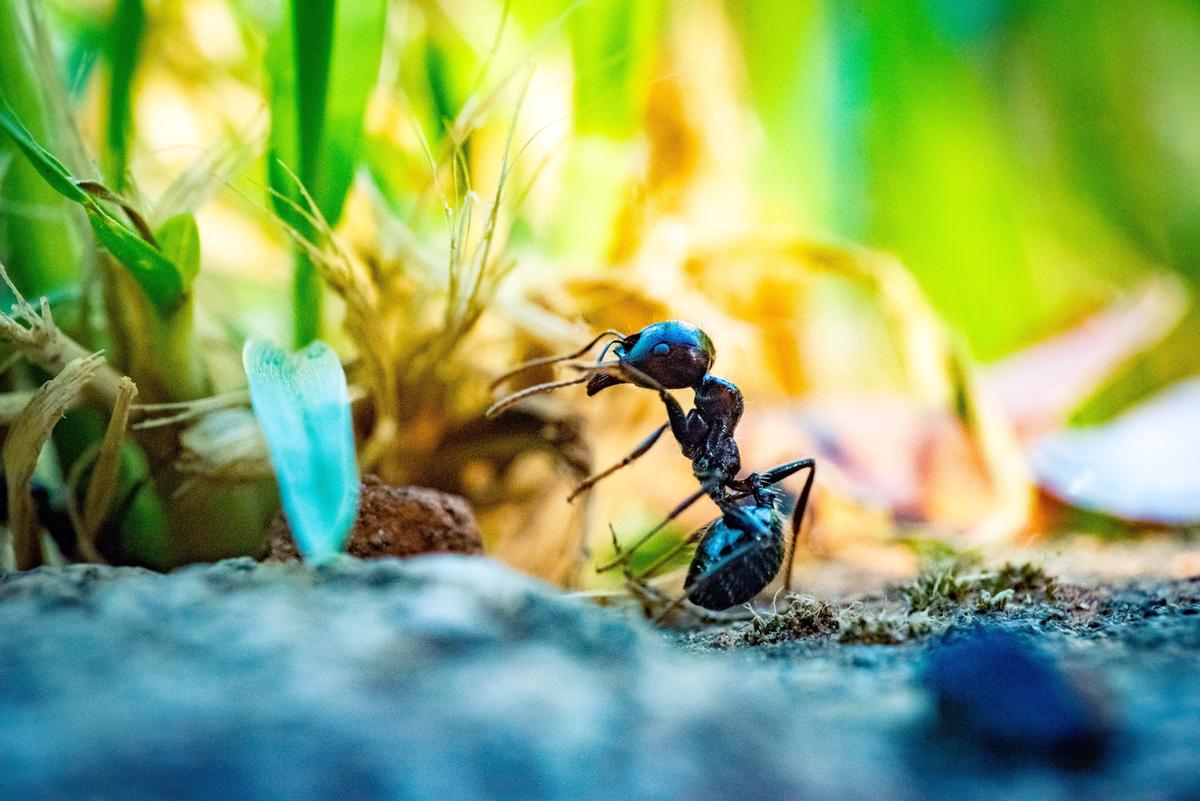Ant-Free Oasis: Removing Ants from Your Lawn Safely

Ants: the minute beings that can cause substantial distress to a homeowner, especially when a lawn is involved. While these creatures are an integral part of our ecosystem, their determined presence on your lawns can signal a breadth of challenges. As such, being informed about their habits, removal strategies, and most importantly, prevention techniques, offers an effective approach in ensuring a healthy and ant-free lawn. Not only do ants create anthills that ruin the aesthetic beauty of lawns, but certain types of ants can also wreck havoc by killing grass and plants. Recognizing these issues, this discourse provides insightful perspectives on ant behavior, safe removal techniques, and measures to prevent future infestations.
Understanding Ant Behavior
Discovering a fascination with these tiny creatures called ants can lead one down the path of a hobby that’s as enthralling as it is enlightening. At first glance, ants may seem like simple pests, but understanding their behavior is key to their effective removal and can contribute to the significant improvement of an ant control program.
Ants are social insects living in colonies composed of one or more queens, along with workers, eggs, larvae, and brood. The noticeable activity of ant workers foraging in homes are often the tip of the iceberg, signaling the existence of an entire colony hidden somewhere nearby. Having this baseline understanding of their lifestyle aids in visualizing the extent of an infestation.
However, one might ask, how is this knowledge employed for their removal? Well, let’s dig a little deeper!
Firstly, targeting the foraging workers with immediate-kill insecticides may seem like a victory but remember, killing a few workers barely scratches the surface of a full-fledged infestation. To tackle it more effectively, one has to think like an ant! Being aware that workers’ main duty is to feed the colony, including queens (who produce more ants), one knows that they follow established trails to food sources.
This knowledge shapes how to use baited ant traps: Instead of immediately killing foraging ants, let them carry the ‘tainted’ food back home. Gel baits, granules, or any bait that includes slow-active insecticides are ideal. The worker ants, unknowingly, assist in wiping out the entire colony, including the queens, by sharing the treated bait.
Secondly, understanding an ant’s fondness for specific edibles aids in using the most suitable baits. Sweet-loving ants such as Odorous House Ants, Argentine Ants, and Carpenter Ants will be attracted to sugar-filled baits. In contrast, protein-loving ants, like Fire Ants or Harvester Ants, will be lured more towards meat or greasy baits.
Thirdly, familiarize with how ant trails work. These little architects use the ‘invisible’ pheromone trails which can help in placing baits effectively. Follow the trail of ants to understand their alleyways, thereby lending into more strategic positions for bait placements.
Last but not least, knowing the ant species is also crucial. Different ant species have different habits and preferences, often needing various control methods. Some ants nest in wood, others in soil, some are likely to invade homes when it rains, and some can farm their food! Understanding these differences can immensely help in choosing the right bait and treatment method.
In the world of ants, knowledge is power. The better the understanding of the miniature armies scuttling about discreetly in our homes or backyards, the better the arsenal to eliminate them. Ant control is like a game of strategy – learning the opponent’s moves is the primary step towards a resounding victory. As the understanding of ants deepens, one realizes that removal isn’t merely an extermination but a strategic and knowledge-intensive undertaking. So, grab the magnifying glass, observe them in action, and tackle those ant problems the smart way!

Photo by tchompalov on Unsplash
Safe Ant Removal Techniques
Lawn Enthusiasts! It’s time to take the power of knowledge you’ve harnessed about the remarkable world of ants and translate it into action. By now, you’re already acquainted with the importance of understanding ant behaviors and habits. Through this, you’ve truly begun to think like an ant, and you’re well-prepared to tackle an ant infestation intelligently and strategically. So, let’s dig deep and delve into some effective ways to rid your lush lawns of these tiny invaders.
First and foremost, remember, ant control is not about extermination but rather population control. As gardeners, we must respect every creature’s role in our ecosystem, even ants. They play a crucial part in decomposition and soil aeration. Too many ants, however, can damage plant roots and make your lawn their permanent residence, wreaking havoc on your beautifully groomed greens. Hence, only aim for reducing the numbers and keeping the population manageable.
Begin by utilizing chemical-free remedies to disrupt their colonies. A nifty technique is to use a mixture of water and dish soap in a ratio of about 1:2. Why does it work, you ask? Remember what you’ve learned about the body composition of ants! Their exoskeleton is permeable, and the soap-water mixture suffocates them. Plus, the slippery soap prevents them from escaping. Simply pour the mixture into the nest or spray it on visible ants.
Disrupting ant trails is another crucial step in your strategy to control the ant population. Ants are meticulous creatures and rely heavily on their trails for navigation. A line of cinnamon, cayenne pepper, or vinegar disrupting their route can serve to disorient them, delaying their foraging activities.
To naturally repel ants, deploy aromatic herbs such as rosemary, mint, and thyme. These can be grown in pots or directly in your lawn, serving the dual purpose of adding greenery and acting as repellents.
The implementation of commercially available ant granules can also be very effective. Once spread over the lawn, they get carried back to the colony by worker ants and serve to disrupt the queen’s egg-laying process, slowing population growth.
Severe infestations might require professional help. Expert exterminators assess the situation accurately and use specialized products to control the ant population effectively. Do not hesitate to reach out to them if your efforts seem to be falling short.
Last but not least, patience is an ally. Applying these techniques faithfully will result in noticeable differences, but keep in mind, ant control is a marathon, not a sprint. Stay informed, stay prepared, and most importantly, remember to enjoy the journey towards mastering this fascinating facet of your beloved hobby.

Preventing Future Ant Infestations
Now that we have a solid understanding of these tiny, fascinating insects and have dived into their behaviors, habits, and the significance of strategic baiting, let’s take a step further into advanced ant control measures. Armed with the right information, you’ll be able to turn your lawn from an ant colony into an ant-free oasis.
Don’t overlook the potential of natural predatory control. Be it spiders, birds, or certain types of beetles – nature has provided its own pest controllers. Encouraging these natural predators to your lawn can help limit the numbers of ants.
Moreover, remember that water can do wonders in ant control. Ants prefer dry conditions for their colonies. Keeping the grass moist can help deter ants from setting up their homes in your lawn. However, overwatering can lead to other problems, so find a balanced watering routine that works best for your specific lawn type and climate.
Create an unfriendly environment for ants by taking advantage of landscaping. If ants are really persistent, consider replacing the type of grass or shrubs that are perhaps too enticing for them. Seek expert advice to help choose the best type of vegetation that is ant-repellent yet works perfectly with the local climate and soil type.
Consider using ant sprays or dust. These products contain chemicals that not only kill on contact but continue to work for weeks after application. They can be a potent tool in our ant control arsenal when applied around the perimeter of the home and in places where ant traffic is high.
Mechanical methods of control, such as pouring a boiling water mixture directly into the ant hills, can also prove effective. This method, while relatively simple, can significantly reduce the population of an ant colony. However, caution and appropriate safety measures must be taken as this method can be a potential hazard.
And finally, remember not to leave food sources accessible. Keep the lawn clear of any food scraps, and ensure trash bins are properly sealed. Regulating food access can significantly reduce the attractiveness of your lawn to ants.
These are just a few suggestions on how to keep your lawn ant-free and remain a master strategist in the game of ant control. It is important to keep refining these measures and tailoring them to your specific infestation scenario. Ant control requires patience, creativity, and most importantly, persistence. Happy ant hunting!

Photo by guillaumedegermain on Unsplash
Ultimately, battling an ant infestation is about more than just eliminating the ants you can see; it’s about understanding their behavior, knowing safe removal techniques, and deploying preventive strategies to keep them from returning. By integrating proper food waste management, regular lawn maintenance, and the usage of ant-deterrent plants into your everyday routine, you are effectively fortifying your lawn against potential infestations. With persistence and consistent application of these methods, the result will be a lush, healthy, and resilient lawn that remains ant-free. Remember to consult a professional pest control service if the infestation persists or aggravates, to keep your garden thriving and vibrant.



